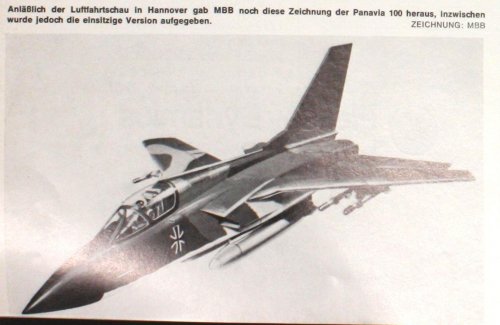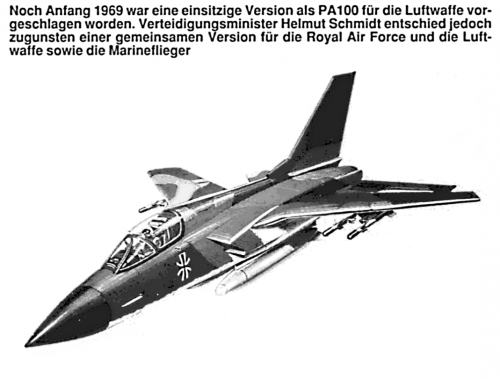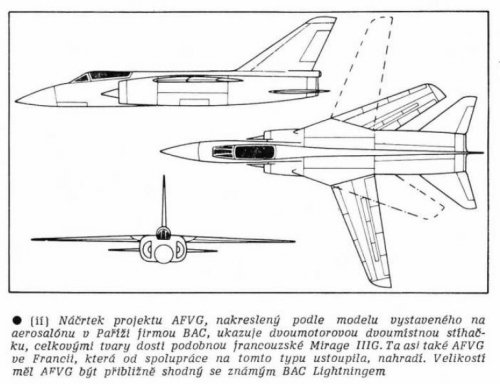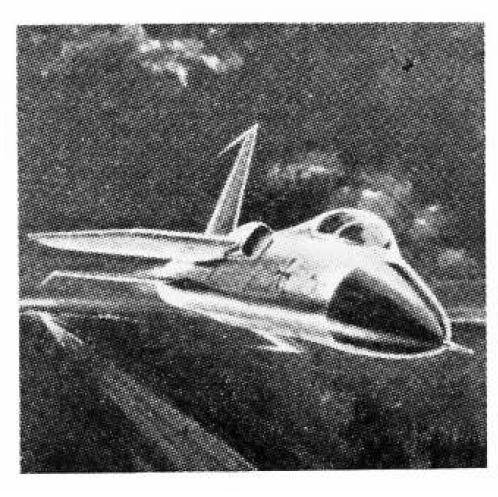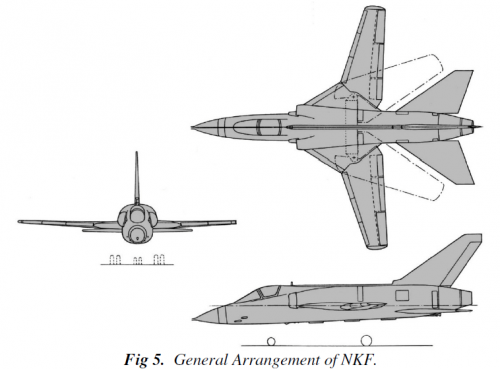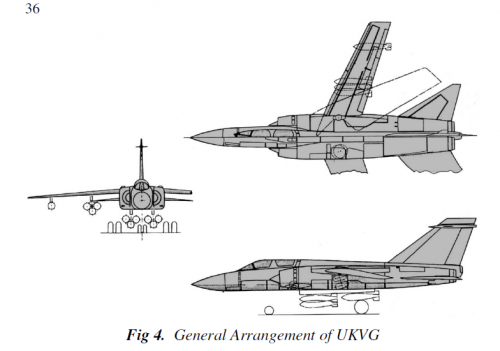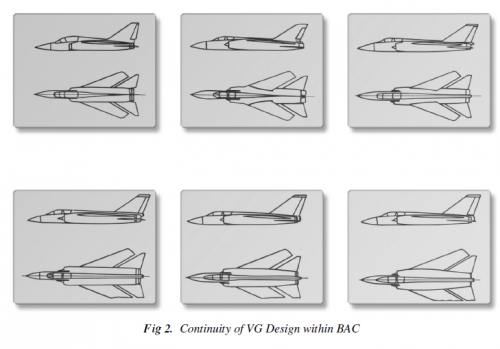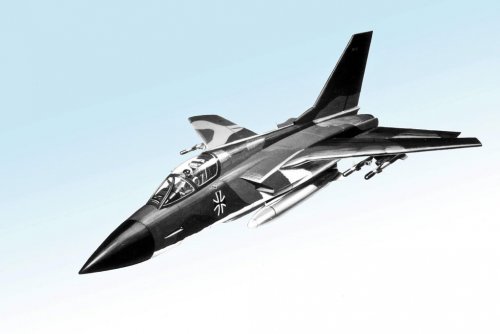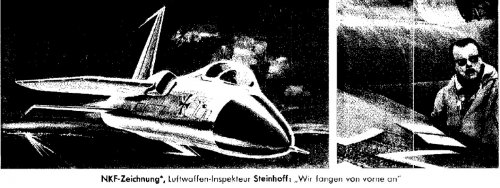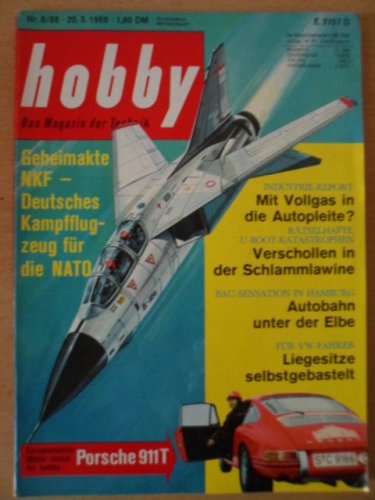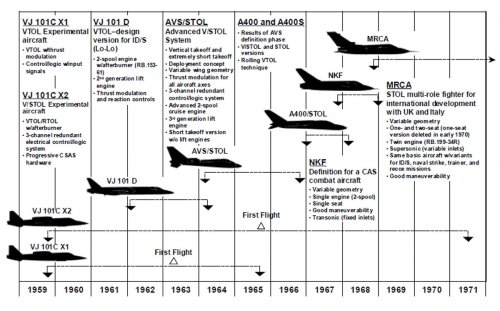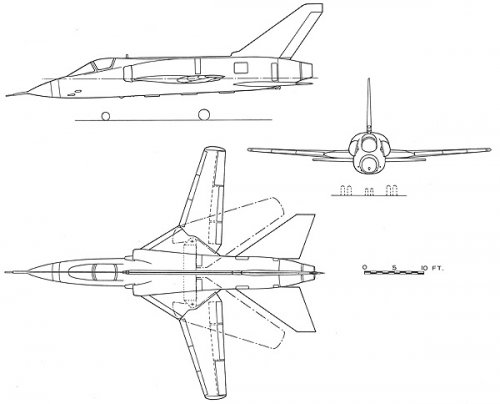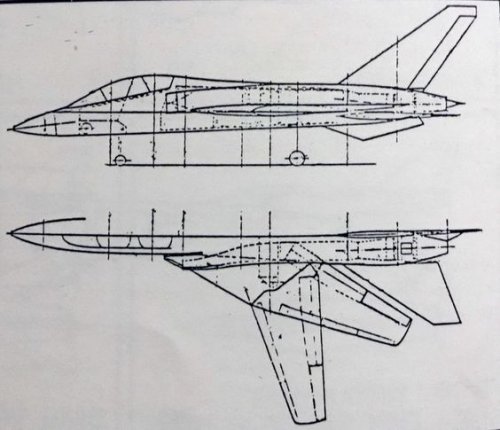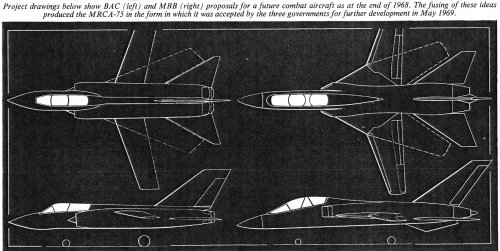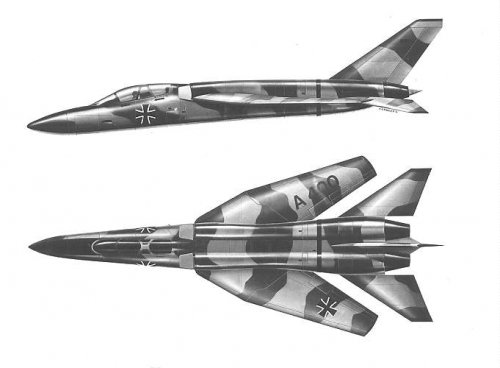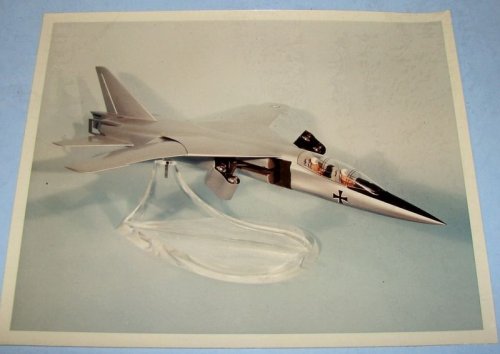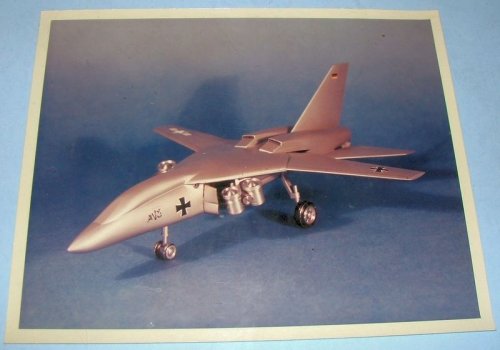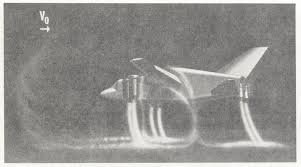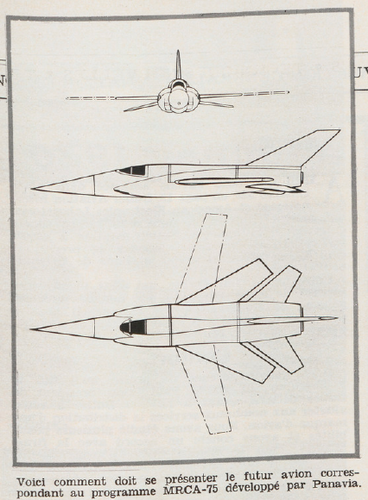- Joined
- 20 January 2007
- Messages
- 952
- Reaction score
- 1,138
1127: NKF-75 was written in Bonn early-1968 after demise of V/STOL AVS, to replace F-104G as single-seat nuclear strike penetrator, jointly for Luftwaffe and Marineflieger. Base Air Defence would be by F-4F. 4 other F-104 operators and Miragemaniac France were brought on board. France, trying to impose anyMirage, was displaced by UK in July,1968, who in turn persuaded FRG/Italy to add the backseater, so Canada, Belgium, Neth. left (to take CF-18/F-16). The engine was competed, as Pratt (to be F100) and RR/MTU RB199, optimised for the specified job. High level over E.Germany was not part of that - FRG had quite sufficient widow-makers already. RAF Air Defence post-Lightning was to be F-4M. The 1971 decision to replace that with an Air Defence Variant was driven by the UK political need to match FRG production offtake, to secure MRCA project work-sharing/management equality (Much RAF Strike was to be on Jaguar S).
Few, even no, aircraft have been designed, upfront, Day 1, to dog-fight; even the word "fighter" is a misnomer: they are bomber-destroyers, of limited endurance but max. climb rate+single-pass devastating fireweight. All US P-types were for Army Co-operation as no agile machine would approach US Expeditionary Forces; Hurri/Spit were to break up bomber formations; S.E.5/Camel were scouts. Low endurance machines would not encounter low endurance opponents because artillery/bombers would dispose of their bases. Ho, hum: as v.Moltke said: no plan survives contact with the enemy.
(Why did we not dispose of the Fokker scourge by retargetting on their bases some of the millions of shells uselessly expended on trenches?)
Few, even no, aircraft have been designed, upfront, Day 1, to dog-fight; even the word "fighter" is a misnomer: they are bomber-destroyers, of limited endurance but max. climb rate+single-pass devastating fireweight. All US P-types were for Army Co-operation as no agile machine would approach US Expeditionary Forces; Hurri/Spit were to break up bomber formations; S.E.5/Camel were scouts. Low endurance machines would not encounter low endurance opponents because artillery/bombers would dispose of their bases. Ho, hum: as v.Moltke said: no plan survives contact with the enemy.
(Why did we not dispose of the Fokker scourge by retargetting on their bases some of the millions of shells uselessly expended on trenches?)

